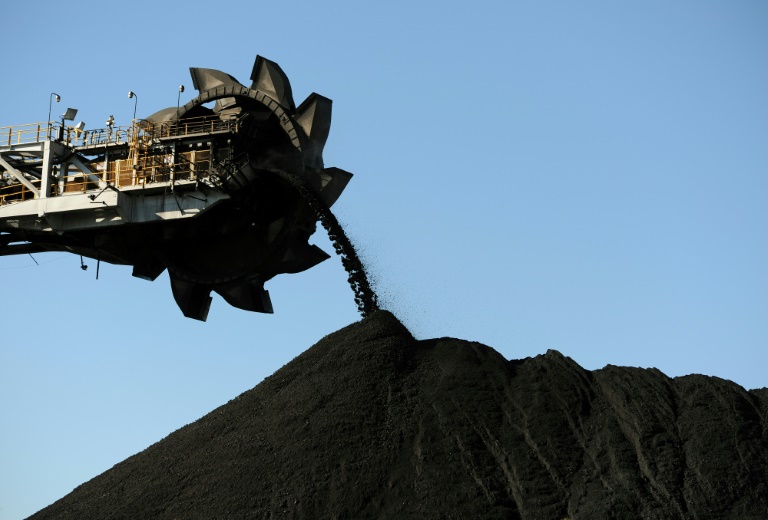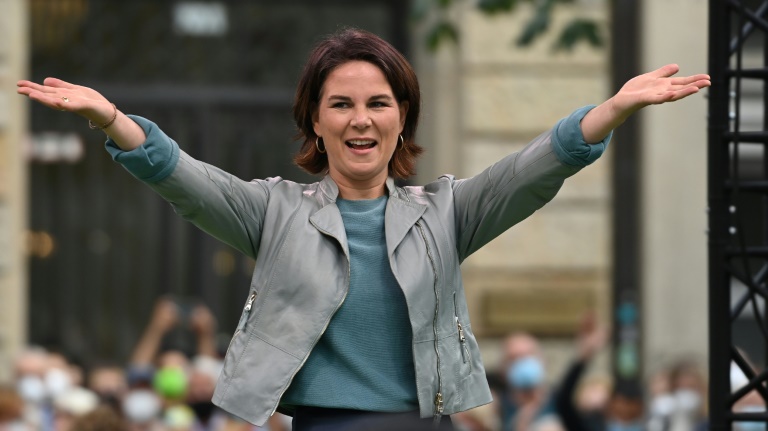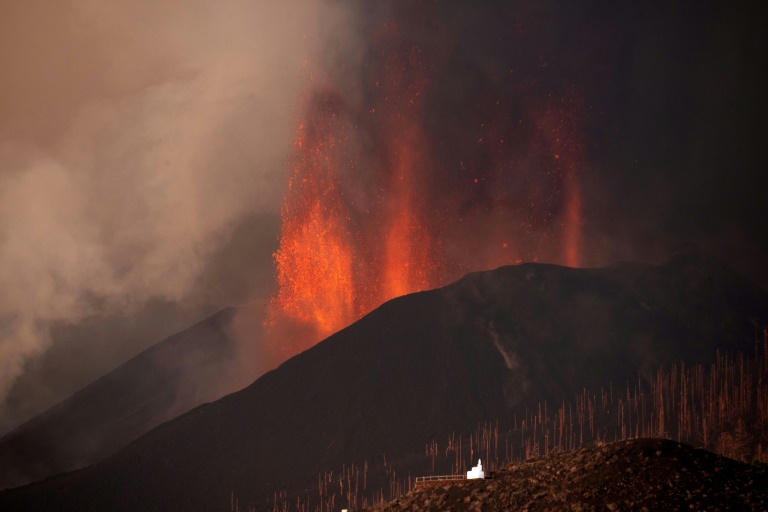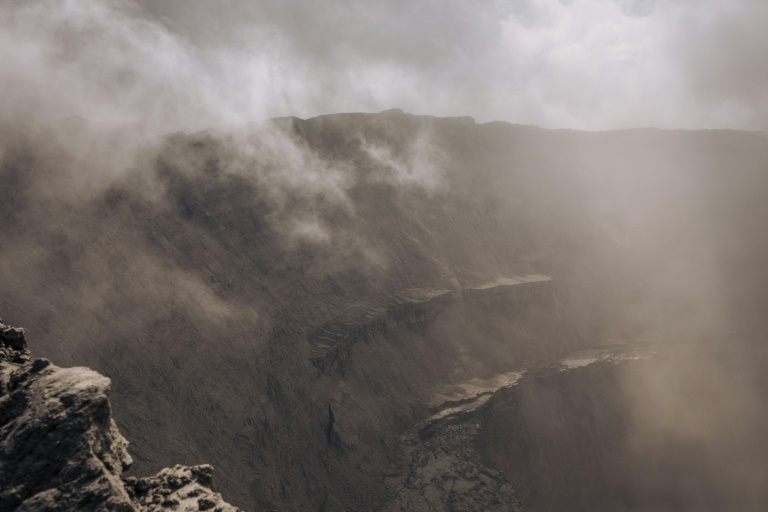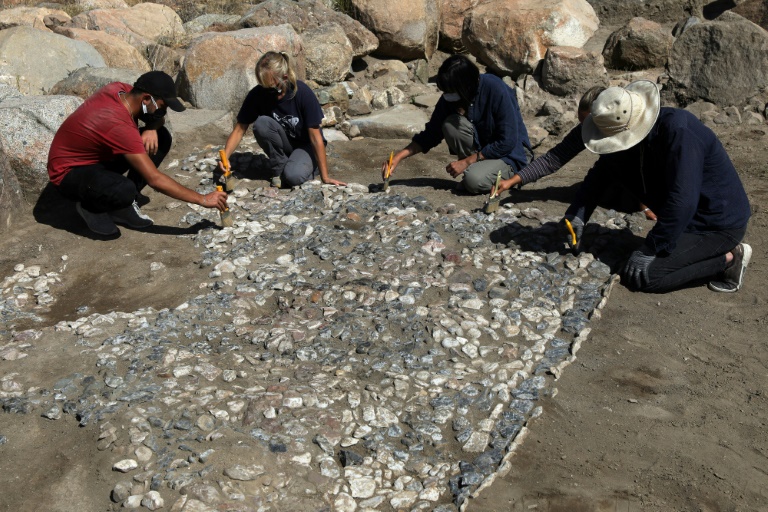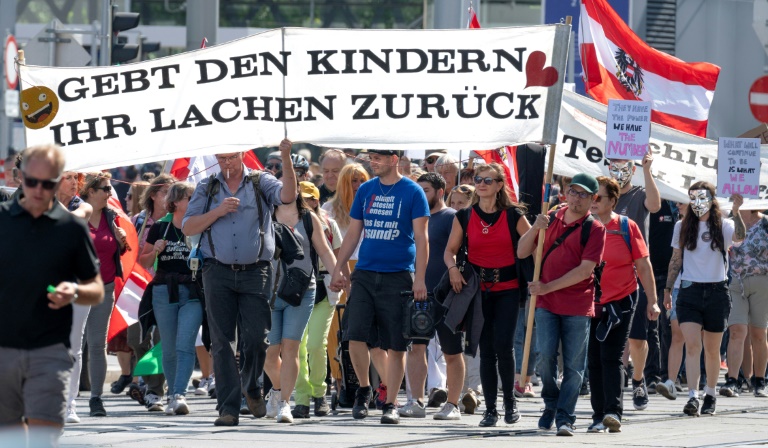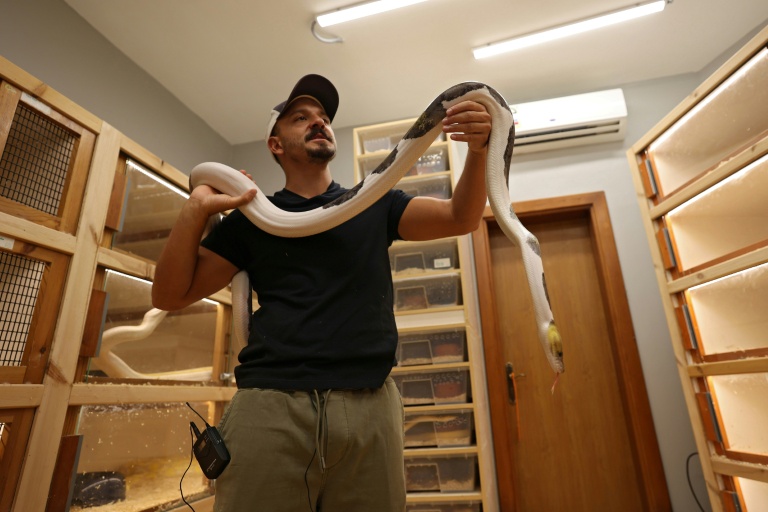Australian PM may not join climate summit: report
Australian Prime Minister Scott Morrison, under pressure to adopt a 2050 net-zero carbon emissions target, said in an interview published Monday that he may not join this year’s landmark UN climate summit in Glasgow.
The world’s biggest coal exporter and still reliant on the fossil fuel for most of its electricity, Australia has not made a firm commitment on its own greenhouse gas reductions. Morrison has vowed to mine and export fossil fuels as long as there are buyers.
Asked about attending the global climate crisis conference in November, Morrison told the West Australian newspaper: “We have not made any final decisions.”
“I mean it is another trip overseas and I have been on several this year and spent a lot of time in quarantine,” he was quoted as saying.
“I have to focus on things here and with Covid. Australia will be opening up around that time. There will be a lot of issues to manage and I have to manage those competing demands.”
The 12-day meeting in Scotland, the biggest climate conference since landmark talks in Paris in 2015, is seen as a crucial step in setting worldwide emissions targets to slow global warming.
Morrison’s government has suggested it will achieve net-zero carbon emissions “as soon as possible”, and preferably by 2050, but has not made any commitments to do so.
The Australian prime minister told the paper he was trying to bring the government and the country together on future commitments so as to provide certainty for the next 20-30 years.
He has been in tough negotiations over setting a net-zero target within the conservative coalition government, an alliance of his own Liberal Party and the Nationals, who have much of their support base in rural and mining communities.
Climate scientists warn extreme weather and fierce fires will become increasingly common due to manmade global warming.
Environmentalists argue inaction on climate change could cost Australia’s economy billions of dollars as the country suffers more intense bushfires, storms and floods.
Asked if he would commit to a specific climate target in a separate interview with The Australian newspaper, the prime minister replied: “I can assure you we will have a plan.”
Morrison told the paper that Australia’s position as the primary energy exporter in the Asia-Pacific region would change and it was important to make a transition towards a low-emission economy.
The prime minister added, however, that the change had to be managed so “things keep running, things stay open, things keep getting dug out of the ground for some considerable time, you have to keep making stuff, you have to keep eating things and the world needs food”.

